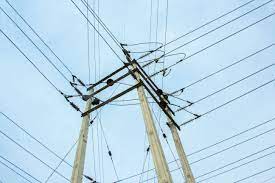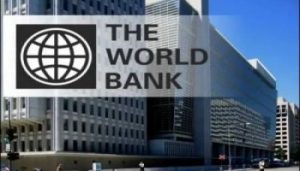
By David Akinmola
As Nigeria eyes an ambitious 30,000-megawatt electricity generation target by 2030, former Managing Director of the Niger Delta Power Holding Company (NDPHC), Chiedu Ugbo, has called for an urgent shift toward public-private partnerships (PPP) to finance and modernise the country’s ailing transmission infrastructure.
Speaking at a recent power sector summit convened by the House of Representatives Committee on Privatisation and Commercialisation, Ugbo, now Senior Partner at Power Matters Consulting, warned that the federal government cannot singlehandedly bear the estimated $2.2 billion investment needed to upgrade transmission assets and close Nigeria’s long-standing infrastructure gap.
“Transmission remains the weakest link in our electricity value chain,” Ugbo said. “Without unlocking private capital, Nigeria will struggle to meet its electricity ambitions, despite progress in generation and distribution.”
While Nigeria has made strides in unbundling and privatising its generation and distribution segments, the transmission sector is still entirely state-owned, operated by the Transmission Company of Nigeria (TCN). According to Ugbo, this model is no longer sustainable and continues to hinder overall sector efficiency.
He recommended the adoption of the Independent Transmission Project (ITP) model, a PPP strategy that has proven successful in countries like Brazil and India, where private sector participation has helped scale up and modernise transmission infrastructure under defined regulatory frameworks.
Ugbo pointed to the Electricity Act of 2023 as a catalyst for this reform, noting that it establishes a clear licensing framework for independent transmission providers. He argued that Nigeria must now leverage the legislation to mobilise private capital, unlock technical expertise, and enhance transmission reliability nationwide.
The government’s long-term vision of achieving 30,000MW of electricity by 2030 will require an estimated $262 billion across the power value chain. Within this, the TCN alone needs $2.2 billion to execute 149 priority transmission projects that are critical for improving national grid capacity and stability.
Ugbo stressed that public funding alone cannot support this scale of investment. “To meet the country’s power needs, we must create commercially viable structures that attract investors, backed by robust regulations and clear policy direction,” he said.
Drawing parallels with the Independent Power Producer (IPP) model credited with catalysing early generation investment through projects like AES, Shell JV, Agip JV, and Azura-Edo IPP Ugbo believes a similar private-led approach for transmission could be equally transformative.
He further highlighted that the NDPHC under his leadership successfully delivered several high-voltage transmission projects, showcasing the feasibility of third-party collaboration in delivering capital-intensive infrastructure.
According to Ugbo, the success of the ITP model will require a balanced risk-sharing structure, strong political backing, and buy-in from Generation Companies (GenCos), who he described as “first responders” with a vested interest in expanding transmission capacity and ensuring efficient evacuation of electricity.
“This is the time to replicate the success of IPPs in the transmission segment. With the right frameworks, Nigeria can attract the kind of long-term investments needed to stabilise the grid and power inclusive economic growth,” he added.
Industry analysts have long agreed that poor transmission infrastructure characterised by frequent system collapses and load rejection remains a bottleneck in Nigeria’s electricity sector. With generation capacity exceeding 13,000MW but average daily delivery hovering below 4,500MW, many believe that reforming transmission is the missing link in achieving a reliable and sustainable energy future.
The call for PPP-led interventions is gaining traction, especially amid growing fiscal constraints, rising energy demand, and the government’s push for broader infrastructure financing alternatives.








